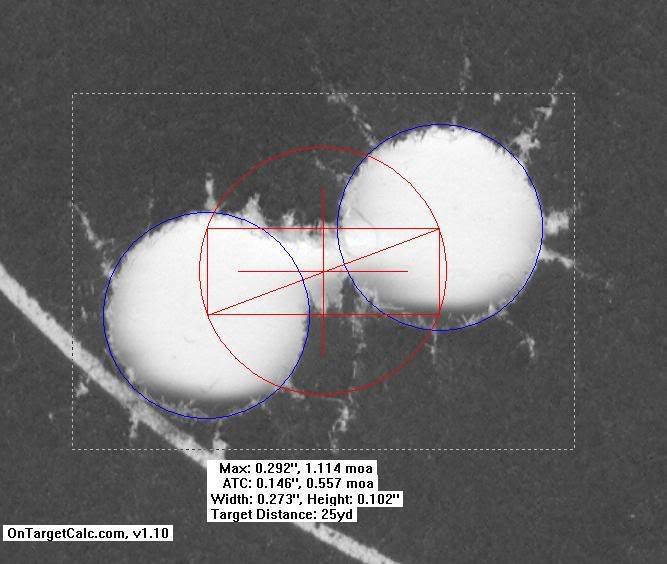Keith Skjerdal
Member
You guy seen this yet? On Target, measures groups...
and pretty good too. I tried it against some comp measured groups and it's good, within a thou! Here's the link to a thread in Rimfire and has the examples and links to the software. They say it is even better with a scanner, but you can measure digital pic groups too, you just have to tell the PC the size of a known distance, like 2" on the target. The larger the "set reference" tool distance the better the measurements and bullet hole sizes.
http://www.benchrest.com/forums/showthread.php?t=50209&highlight=OnTarget
The guy that wrote it is even on this board and in this thread above - Jeff Block aka Jeff59 !!
or you can just go get it and try it at http://www.ontargetcalc.com/
and pretty good too. I tried it against some comp measured groups and it's good, within a thou! Here's the link to a thread in Rimfire and has the examples and links to the software. They say it is even better with a scanner, but you can measure digital pic groups too, you just have to tell the PC the size of a known distance, like 2" on the target. The larger the "set reference" tool distance the better the measurements and bullet hole sizes.
http://www.benchrest.com/forums/showthread.php?t=50209&highlight=OnTarget
The guy that wrote it is even on this board and in this thread above - Jeff Block aka Jeff59 !!
or you can just go get it and try it at http://www.ontargetcalc.com/
Last edited:


